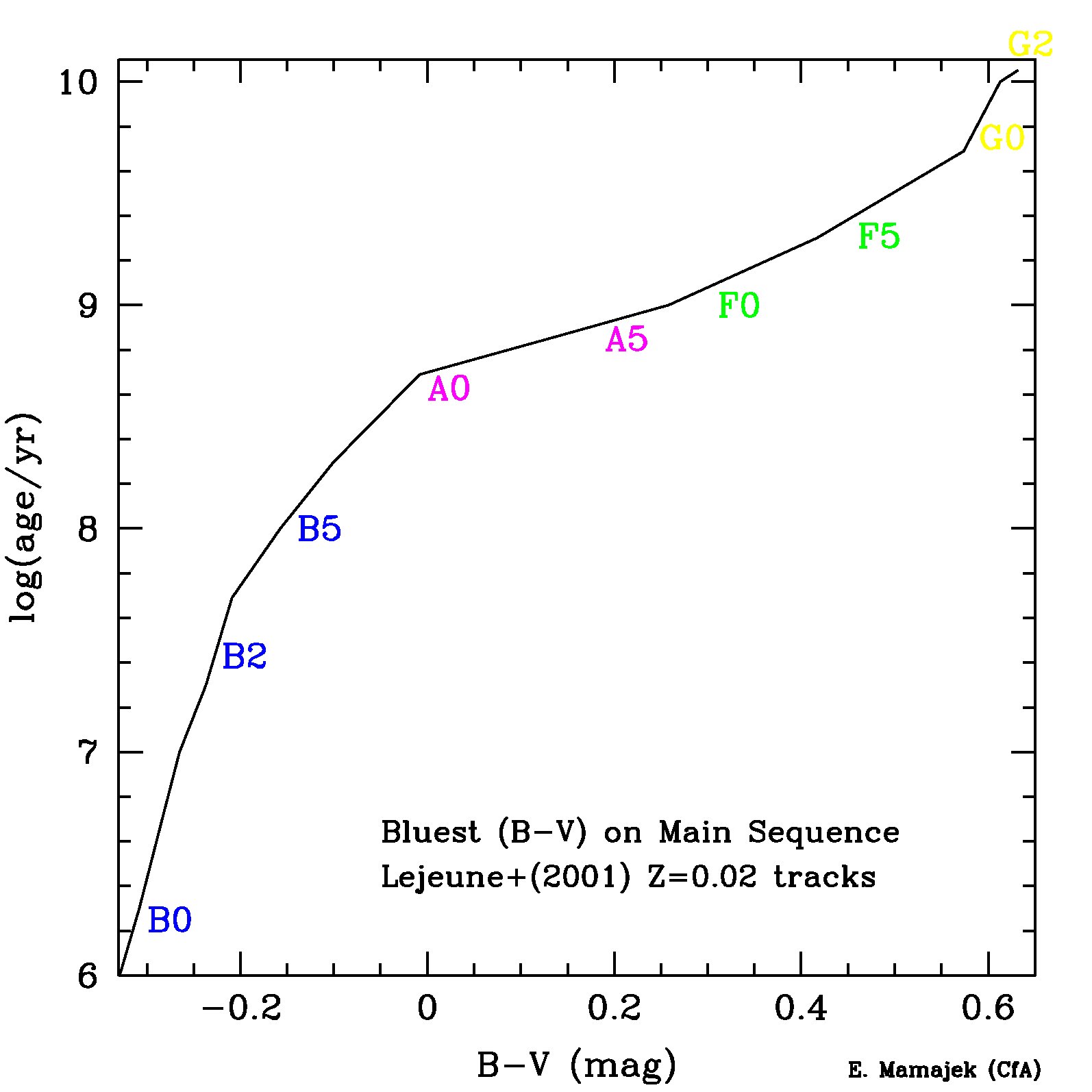

To calculate these colors, we use spectra templates of a given set of white references and synthesize their color indexes for any given pair of photometric filters. This is possible because we know the colors of the white reference in the photometric filter system used by a given star catalog.

Among other important things, this means that the white reference does not need to be present in the picture. The goal of PCC is to apply an absolute white balance to the image. The difference in brightness measured through the blue (Johnson B) and green (Johnson V) filters gives us a very effective way to evaluate how cold or warm is the color of a star. Some star spectra represented over the Johnson B and V filter bands.Īs you can see, the difference in brightness between star types is stronger in the blue part of the spectrum, while this difference tends to a minimum in the green region of the spectrum. In the graph below we can see the spectra of different stars, from the young and very blue O-type stars, to the very red M-type stars. The color index measures the ratio of light intensity between two filters covering different bands of the light spectrum: the larger the difference in magnitudes, the larger the ratio and, consequently, the stronger the color.Ī well-known color index is the B-V index in the Johnson photometric filter set. This difference in magnitudes is what we call color index. We measure the light passing through two filters, then convert to magnitudes the recorded signals for both filters, and subtract these magnitudes. The color of an astronomical object is defined by measuring its light intensity in two wave bands. In this sense, PCC also materializes our vision of image processing as a creative and enjoyable activity: the how and the why are actually more important than the final product. The possibility to choose one among a rich set of white references is also useful to understand the nature of the data, by analyzing color variations as a function of the properties of the represented objects. This allows you to select the most appropriate white reference in special cases, where you decide to maximize the information represented for some particular objects in the image. Along with this default reference, PCC provides a rich set of precalculated white references, including spiral galaxies, elliptical galaxies, and most stellar spectral types. The average of these galaxies provides a source of the entire range of stellar spectral types and populations, so it can be considered as the best unbiased white reference, truly representative of the observed deep sky.

In the PCC tool, the default white reference is based on the average spectra of Sb, Sc and Sd galaxies. This excludes, in our opinion, the classical concept of "natural color" based on the characteristics of the human vision, as applied to daylight scenes. Following documentary criteria, such representation must be justified by properties of the objects photographed. In deep-sky astrophotography, we understand color as a means to control the representation of information in the image. Besides the quality of our implementation, what really makes PCC unique is the fact that it materializes our philosophy of color in deep-sky astrophotography, and primarily, our philosophy of image processing: astrophotography is documentary photography, where there is no room for arbitrary manipulations without the basic documentary criterion of preserving the nature of the objects represented. PCC is a very special tool for several reasons. We also give some practical usage recommendations. In this article we describe the PCC tool, how it works, and some of its distinctive features. In version 1.8.5 of PixInsight we present PhotometricColorCalibration (PCC), a new tool to apply a white balance to deep-sky images based on photometry measurements of stars. Tutorial by Vicent Peris (PTeam/OAUV) and Juan Conejero (PTeam) Photometry-Based Color Calibration in PixInsight


 0 kommentar(er)
0 kommentar(er)
